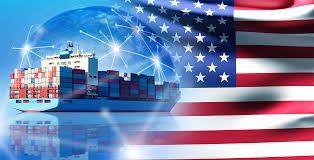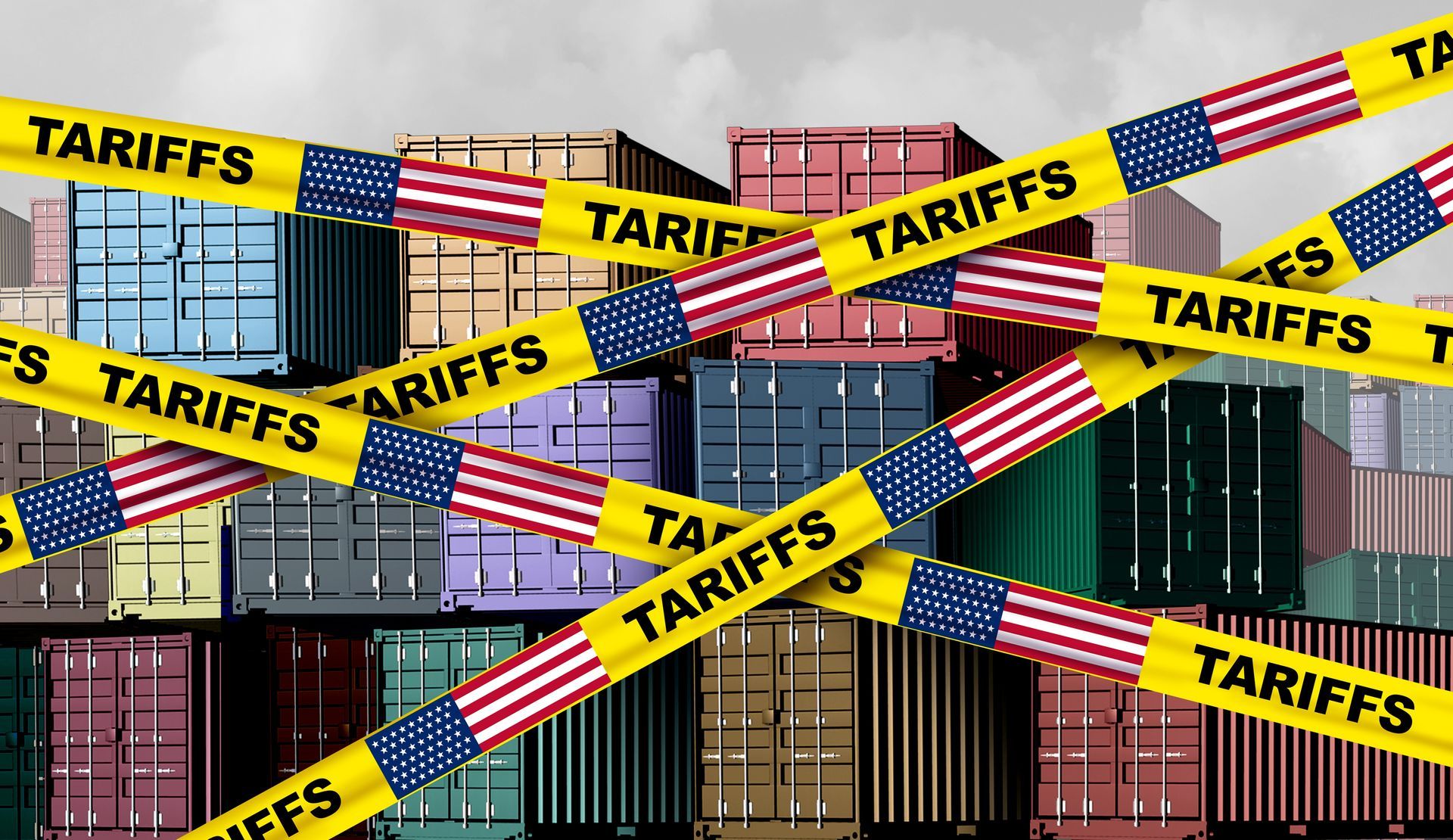Trump's 25% Tariff on Mexico and Canada, Day One Pledge Delayed
On January 20, 2025, President Donald Trump was sworn in for his second term, and with that came big promises regarding trade policy. But a significant shift came just days later, on January 21, when Trump announced plans to impose 25% tariffs on Mexico and Canada—set to go into effect on February 1, 2025. This move represents a dramatic change in North American trade relations and could have wide-reaching effects on American consumers.
At a signing ceremony in the Oval Office, Trump revealed that his administration would roll out tariffs on goods from two of the U.S.'s largest trading partners, Mexico and Canada.
However, this new tariff decision doesn’t fully align with the aggressive trade strategy Trump promised during his campaign. The sweeping tariffs Trump pledged on his first day in office, including a 25% tariff on Mexico and Canada, have yet to materialize. His executive action, while still outlining a broad trade policy overhaul, serves more as a placeholder for a more extensive, long-term plan.

The Plan: A “Placeholder” for Bigger Moves?
The executive order signed by Trump on January 21 aims to review America’s trade policies and trade agreements, including the US-Mexico-Canada Agreement (USMCA). This deal, signed during Trump’s first term, was meant to replace NAFTA and improve trade terms for American workers. But Trump’s new review will look at whether changes to the agreement are necessary, especially when it comes to economic security, industry, and addressing issues like fentanyl and illegal immigration.
While the executive order sets up investigations into trade deficits and unfair practices, the real meat of Trump’s trade vision—his promise of universal tariffs—is still to come. His campaign ideas for massive tariffs, including up to 25% on imports from Mexico and Canada and a staggering 60% on China, haven’t been fully realized yet. Trump himself acknowledged this at the signing ceremony, saying the administration isn't "ready" to move forward with some of those measures just yet.
The Potential Economic Fallout
The proposed 25% tariffs on Mexico and Canada would have immediate effects on American imports and consumers, likely raising prices across a wide range of goods, including electrical devices, toys, sporting goods, and even food. Mexico and Canada are two of the U.S.'s top trading partners, and this decision could lead to retaliatory tariffs that hurt U.S. exports and affect domestic businesses.
Despite Trump’s claims that foreign countries, not American consumers, will bear the brunt of the tariffs, the reality is often different. A study from the Peterson Institute for International Economics suggests that the U.S. will likely end up paying more for imported goods, and domestic businesses will face higher costs on items like transportation equipment, chemicals, and electronics.
Some officials within Trump’s economic team have proposed alternatives to an all-out tariff strategy. These ideas include phased-in tariffs or temporary delays to allow for negotiation. However, more hawkish voices in the administration, like trade adviser Peter Navarro, argue for stronger, immediate action to send a clear message about protecting American interests.
The Debate Within Trump’s Economic Team
The debate within the administration mirrors the split seen during Trump’s first term. Market-minded advisers, like Treasury Secretary Scott Bessent and National Economic Council leader Kevin Hassett, have pushed for a more cautious approach, wary of escalating tensions and causing economic disruptions. On the other hand, advisers who favor more aggressive policies, like Navarro, argue for pushing forward with Trump's original vision.
The goal, Trump says, is to overhaul America’s trade system and ensure that it benefits American workers, manufacturers, and businesses. He even suggested the creation of a new government agency—called the "External Revenue Service"—to handle tariff collections, which he believes would bring significant revenue into the U.S. Treasury.
A Trade War in the Making?
With tensions already running high over trade issues, these new tariff threats could lead to a major trade war. During Trump’s first term, retaliatory tariffs on American goods—ranging from soybeans to whiskey—created significant disruption, and similar actions could be expected this time around. The tariffs could reignite inflation concerns, further spooking the stock market and leading to economic instability.
Some analysts fear that these policies could hurt American businesses and consumers more than they help. The risk is that the U.S. could find itself in a cycle of escalating tariffs, with other countries retaliating and American companies facing increased costs, which would ultimately be passed on to consumers.
What's Next?
For now, the specifics of Trump’s tariff policy remain unclear, as discussions within his administration continue. While he has committed to revamping America’s trade policy, how he will execute these changes—and whether he can navigate the political and economic challenges that come with them—remains to be seen. What is clear, however, is that Trump is determined to follow through on his campaign promises to put "America First" in the global trade arena, even if it means dramatic shifts in policy.
When it comes to protecting your pockets, things such as duty drawback programs, free trade agreements and classification reviews can alleviate some of the costly effects of these anticipated tariffs.
Stay tuned as the story develops, and brace for potential changes that could have lasting effects on the economy, international trade, and your wallet.
Get actionable advice on cost-saving strategies that boost your bottom line.
Subscribe here:




















